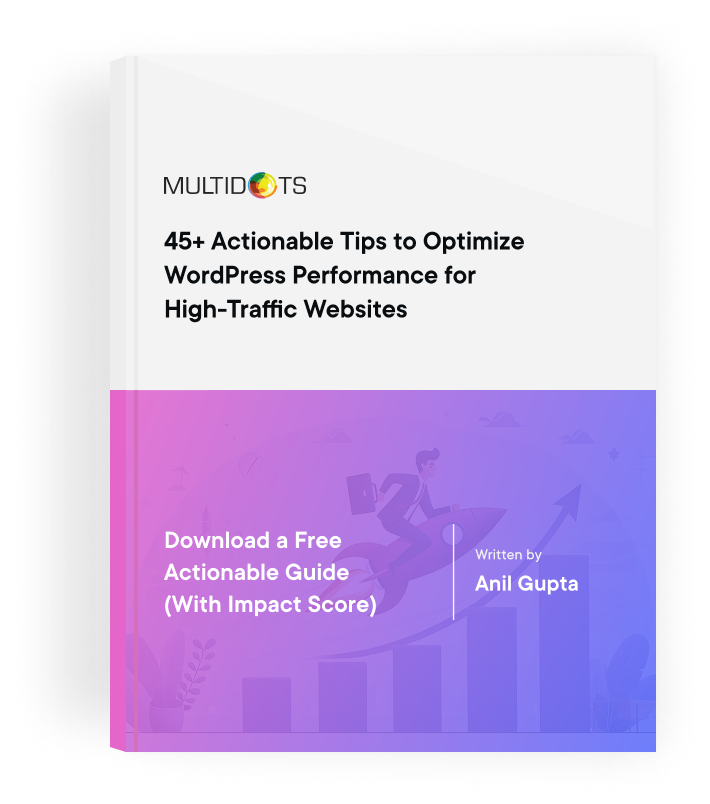Introduction to Headless Browsers
Get an introduction to headless browsers and discover how they enhance web testing and automation processes

Table of Contents
The headless browsers are simply a name given to the browser without any identifiable graphical user interface.
We all are aware that website development has evolved dramatically in the last few decades. Developers are working rigorously to find out ways to build such a user interface that can deliver an optimal user experience to the website visitors. These rigorous workouts gave way to Headless Browsers, which is gradually gaining momentum since Google revealed that headless browsers can help it index even AJAX-based websites, back in 2009.
Headless Browser
It is a web browser that helps give you a fast way to automate various actions of your website and know the performance of your site in different circumstances. There is no GUI in headless and works with command-line instructions. There are various headless options available which include headless versions of various popular browsers like Chrome and Firefox.
Headless browsers are particularly used to test web pages. This is because they can easily understand the HTML pages in the same manner as any other browser, including style elements such as color, layout, fonts, JS & Ajax execution, etc.
Basics of Headless Browsers
In these types of browsers, the use cases are tested with a command-line interface, rather than testing a whole site or performing common actions with the help of known graphical elements.
The most common uses of headless browsers are as follows:
- Testing of various websites and applications
- Testing of JavaScript libraries
- Simulations and interactions of JavaScript
- Automated UI tests to be run in the background
The above actions facilitate the developers to ensure that website activities are seamless and the potential issues related to the User Interface and User Experience (UI/UX) are easily identified. As the end-user experience is of paramount importance to the businesses, it becomes crucial to find out as many bugs as possible prior to the launch of the website publically.
Some of the popularly common use cases for Headless Browser Testing
You can consider those actions that a user might take while being on a particular web page. Check each point of click or place of typing or interaction with on-page elements so that if an issue is encountered, it is fixed at the time of testing than fixing it when complaints come pouring in.
In particular, a headless testing environment offers a developer to write and execute various scripts in order to:
- Test different types of workflows (basic & alternative)
- Test clicks on links and buttons
- Automate form filling and submission
- Testing of SSL performance
- Experimenting with different types of server loads
- Easy reports on page response times
- Extraction of useful website code in a seamless manner
- Screenshots of results
The testing of the aforementioned use cases allows developers with a firm overview of the performance of the User Interface, providing essential information to make necessary changes prior to the development.
Choosing an appropriate Headless Browser
Nowadays, websites represent such use cases that developers might not have thought about in the past. The enhanced focus on the engagement of the customers has created space to incorporate more interactive elements on the website. Particularly, in eCommerce websites, complex multi-level flows are needed to be included in order to have seamless navigation. Any issue obstructing the seamless experience for the users can cause a bad review of the website, thereby, hampering the success of the site.
While evaluating headless browsers, you should ensure that it is lightweight and draws minimum resources. This would allow you to run the browser in the background while you are working and without slowing down the development work. Further, it should facilitate the users to execute each and every test that is necessary to simulate the actions of target users.
Not all headless browsers are suitable for the same testing scenarios. This would require the developers to try various available options, which would allow them to find the right combination of tools for different development needs. Let us explore some of the popular choices of web developers.
Google Chrome:
Chrome version 59 or higher allows the developers to work in headless mode. It facilitates them with all the possibilities that are afforded by Chrome and Blink. It is a lightweight headless browser and saves a lot of memory. Headless Chrome provides a number of tools that can help the developers do various tasks such as:
- Testing navigation at multiple levels
- Garner information from a page
- Take necessary screenshots
- Creation of PDF files
With the increase in the number of smartphone users, navigation has become a crucial part of modern website environments. Test your website in headless chrome to ensure easy navigation by the users throughout your website. Also, collect reports and images of how the website is performing. These performance reports can be used as important information to make the necessary changes required for the improvement of UI.
Mozilla Firefox:
Headless testing is offered by Mozilla with the launch of version 56 of Firefox. Developers are relieved from using various tools to simulate different browsers to test their website. They can now easily connect different APIs to easily run Firefox in headless mode and can perform a test on several different use cases.
One can drive headless Firefox with the help of the following:
- Selenium
- Slimmer JS
- W3C WebDriver
From the above three, most of the developers go for Selenium as API for headless Firefox testing & automation. But, the other two can be also used depending on the developer’s comfort with scripting and running basic unit tests.
Phantom JS
We all are aware that the modern internet landscape is full of complexities. Phantom JS headless WebKit is built specifically to handle different types of complexities using command line testing. It is open source and is still being updated by various dedicated developers.
It is easily scriptable with the help of JavaScript API. Further, to handle testing it uses CasperJS. It can simulate complete navigation and can identify the loopholes where a user might encounter difficulty while browsing.
Phantom JS is highly flexible and capable of supporting multiple web standards. One can easily simulate almost everything from most basic user interactions to flows containing multiple inputs with the help of page automation, network monitoring, etc.
The common use cases are:
- Navigation testing
- User behavior simulation
- Work with various assertions
- Taking screenshots
HtmlUnit
This headless option is written in Java. It allows the developers to automate different ways in which users interact with the websites, using Java code. One can easily test the following:
- Form filling and Submission
- Working and non-working links
- Redirection on websites
- HTTP authentication
- Performance of HTTPS page
- Performance of HTTP header
HtmlUnit has the ability to simulate several different browsers where one can create scripted use cases in Chrome, Firefox version 38 and above, Edge, IE8 & 11. This ensures that every user gets a unique experience once a website goes live.
HtmlUnit can be said to be a boon, specifically, for eCommerce websites as most of the elements of the eCommerce websites can be easily tested. Some of the most common features that can be seamlessly tested include form submission, site security, navigation, etc.
Developers can use this tool to make UI more interactive which subsequently enhances the UX, which is very important in this fast-paced online world of today. If you are planning to build a business site with extraordinary performance, then HtmlUnit can serve you in the best possible manner.
Conclusion
Headless browsers can benefit developers in many ways. In this blog post, we were able to showcase some popular features of various browsers, which provide the option of headless. For more details please take a look at this. Talking about the trends, Phantom JS is the most popular headless browser as of now. One can still choose from the variety of other options available according to respective needs. Let's talk more about this!
Which one do you feel is the most capable option of all the headless browsers available in the market? Comment below.
References
Schedule a consultation call and discuss your migration requirements.
Contact Us
